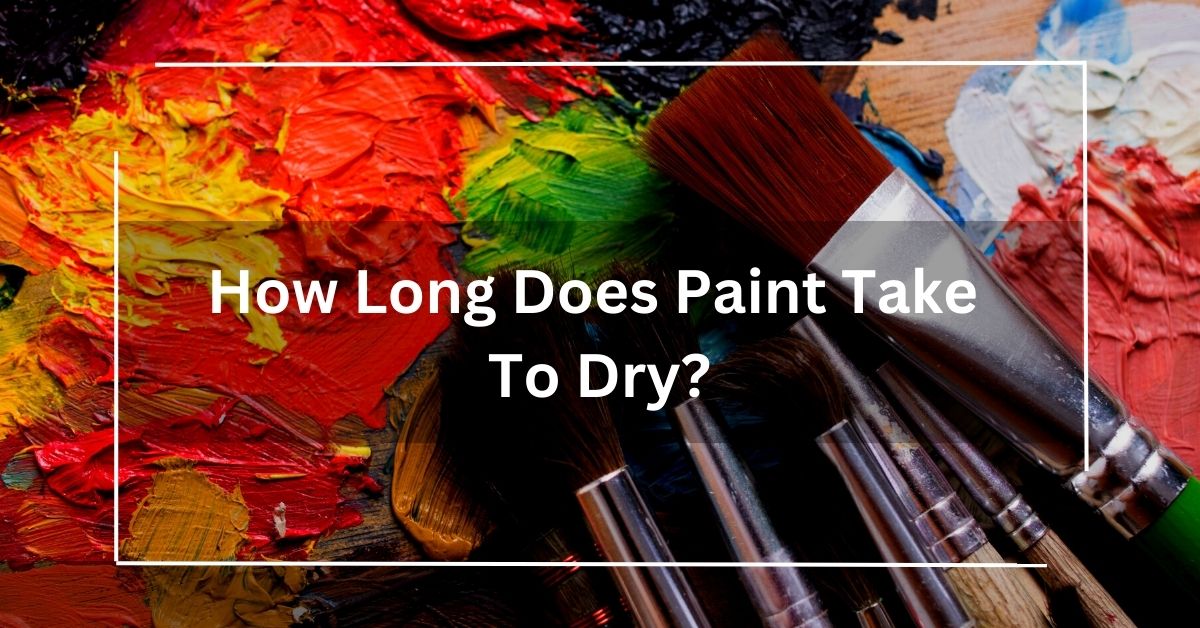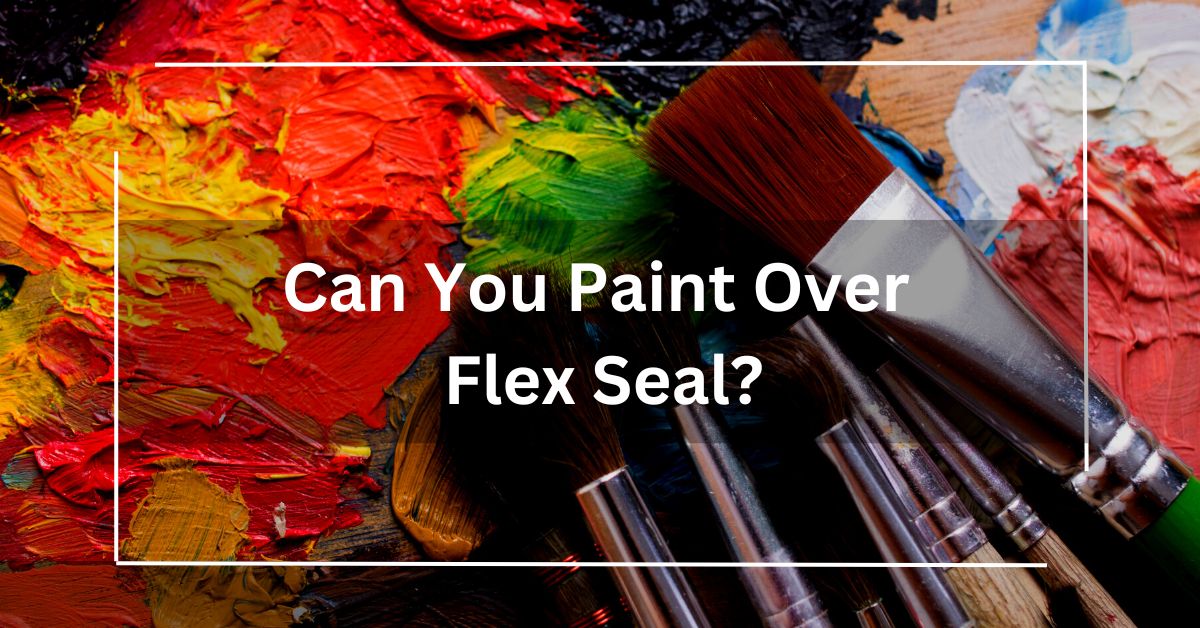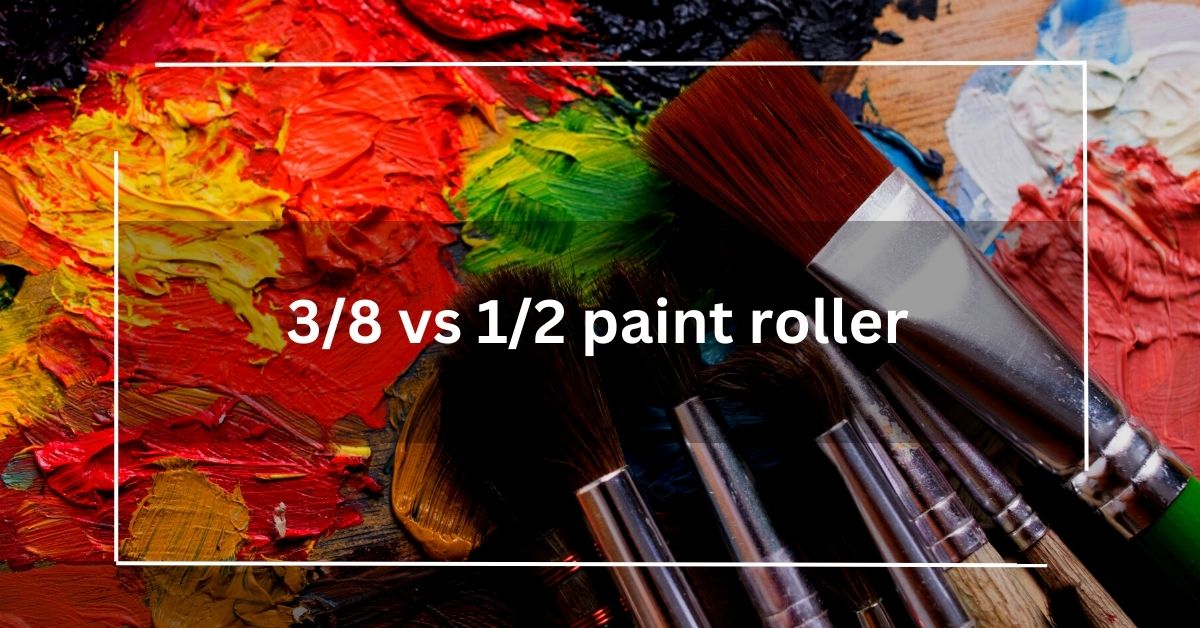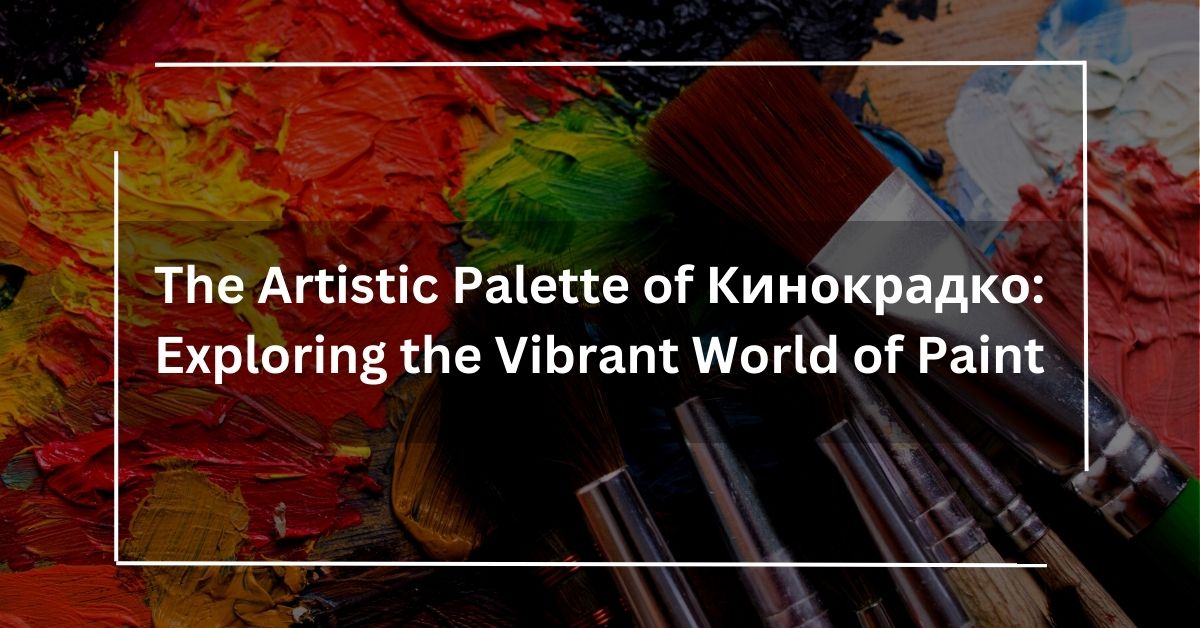In the world of artistry and home improvement, one crucial question often lingers in the air: “How long does paint take to dry?”
Whether you’re a seasoned artist perfecting your canvas or a DIY enthusiast transforming your living space, understanding the intricate dance between wet and dry paint is essential.
The answer to this seemingly straightforward question unfolds a world of variables, each influencing the drying process in its unique way.
Join us on a journey through the fascinating realm of paint drying times, where patience becomes an art form, and timing holds the key to a flawless finish.
Water-Based vs. Oil-Based Paints:
The type of paint you choose plays a pivotal role in determining drying times. Water-based paints, known for their quick drying nature, often set within hours.
On the other hand, oil-based paints, enriched with a slower drying process, demand a more patient approach.
Understanding the composition of your chosen paint is the first step toward mastering the art of timing.
Surface Matters:
Different surfaces absorb and retain paint in distinct ways. Porous surfaces, like wood and plaster, tend to absorb moisture, influencing the drying time.
Non-porous surfaces, such as metal or glass, create a barrier, slowing down the evaporation process. Exploring how different surfaces interact with paint provides valuable insights into predicting drying times accurately.
Environmental Factors:
Mother Nature asserts her influence on paint drying times with unwavering authority. Humidity levels, temperature, and ventilation collectively shape the drying process.
High humidity slows down evaporation, while warmer temperatures expedite it. Ventilation, or the lack thereof, introduces an additional layer of complexity.
A well-ventilated room aids in quicker drying, but drafty conditions can lead to uneven drying and potential imperfections.
Thickness of Application:
The thickness of the paint layer is a silent conductor orchestrating the drying symphony. Thin coats dry faster, allowing for quicker recoating or additional layers.
Conversely, thick applications trap moisture, extending the drying time. Achieving the perfect balance in paint thickness becomes an art in itself, requiring a discerning eye and a steady hand.
Additives and Accelerators:
The market offers an array of additives and accelerators designed to manipulate drying times. Some additives extend drying periods, giving artists more time for blending and shading.
Conversely, accelerators reduce drying times, catering to those who seek efficiency in their projects.
Navigating the world of additives empowers painters and DIY enthusiasts to tailor the drying process to their specific needs.
Practical Tips for Optimal Drying:
Beyond the science of paint composition and environmental variables, practical tips can significantly impact drying times.
Techniques such as cross-hatching, using a hairdryer on a low setting, and employing fans strategically can expedite the drying process.
Understanding these hands-on approaches adds an extra layer of finesse to your painting endeavors.
FAQs:
1. Can I speed up the drying process of oil-based paints?
While oil-based paints naturally take longer to dry, you can use drying accelerators or choose fast-drying formulations to expedite the process.
2. How does humidity affect paint drying?
High humidity slows down the evaporation of water in paint, especially for water-based varieties. Ensure proper ventilation or use dehumidifiers in humid conditions to maintain optimal drying times.
3. Is there an ideal temperature range for faster drying?
Yes, warmer temperatures generally facilitate quicker paint drying. Aim for a temperature range between 70-85°F for optimal results.
4. Can I apply a second coat before the first one is fully dry?
It’s advisable to wait until the first coat is completely dry to avoid uneven texture or color mixing. Refer to the paint can for recommended drying times between coats.
5. Are there additives for extending drying times?
Yes, there are additives available that extend drying times, providing artists with a more flexible timeframe for blending and detailing.
Conclusion:
As we conclude this exploration of paint drying, patience emerges as a vital aspect of the artistic process. Whether crafting on canvas or renovating living spaces, the delicate balance between haste and patience defines a flawless finish.
Understanding drying times transforms novices into maestros, with time as an ally in the artistry. Embrace the ebb and flow, letting creations unfold at their own pace.
In essence, the answer to the age-old question is found in the dance of elements, the artistry of application, and the gentle passage of time, where masterpieces find their true form.



